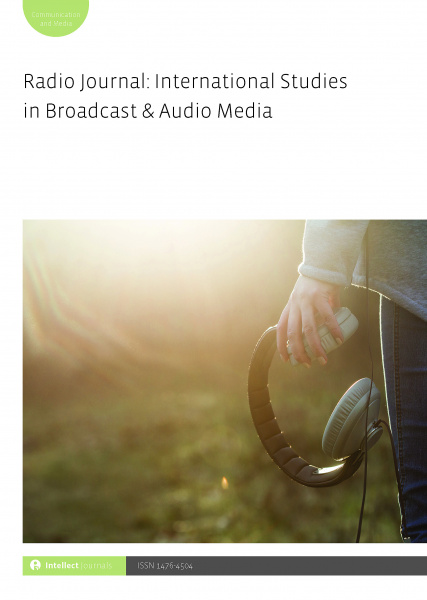
Full text loading...
 , Anne F. MacLennan1
, Anne F. MacLennan1
This article is an examination of podcasts portraying marginalized and racialized Canadian lived experiences during the world wars. This research is a textual and auditory analysis of the historical narratives of Canadian minority experiences in the world wars evident in Historica Canada’s podcast episodes: ‘The No. 2 Construction Battalion and the Fight to Fight’ (16 June 2016), ‘A Proud Benchwarmer’ (29 March 2016) and ‘The Tomkins Brothers’ (16 December 2019). The impact of both sound and text is explored regarding the impact on podcasting’s potential to present alternative war history narratives. In addition to the expansion of the historical record examined in these podcast analyses, the potential for the survival of these histories is examined through an evaluation of the podcast repositories as archives and potential public access points.

Article metrics loading...

Full text loading...
References


Publication Date:
https://doi.org/10.1386/rjao_00045_1 Published content will be available immediately after check-out or when it is released in case of a pre-order. Please make sure to be logged in to see all available purchase options.